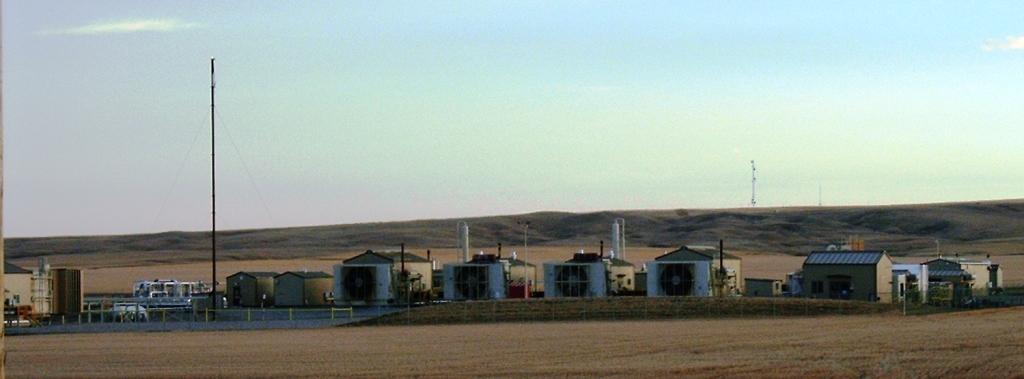Natural gas pipeline compressor stations: VOC emissions and mortality rates by Michael Hendryx and Juhua Luo, The Extractive Industries and Society, Volume 7, Issue 3, July 2020, Pages 864-869, https://doi.org/10.1016/j.exis.2020.04.011
Highlights
Natural gas pipeline compressor stations are expanding around the country.
Stations emitted >52 million pounds of non-methane VOCs in 2017.
Total VOC emissions were related to higher mortality rates.
Compressor stations are an understudied source of pollution emissions.
Abstract
Increasing reliance on natural gas for energy has resulted in expansion of the natural gas infrastructure, including pipelines and compressor stations to transport gas. Compressor stations emit numerous particulate and gaseous pollutants including volatile organic compounds (VOCs) but studies of human health in association with compressor stations are almost completely absent from the literature. The objective of the study was to test for associations between VOC emissions from compressor stations and adjusted mortality rates. We conducted a county-level ecological study, using VOC emission data from the 2017 National Emissions Inventory, 2017 age-adjusted total mortality per 100,000 population from CDC data, and covariates from the County Health Rankings data. Results of multiple linear regression models showed that total age-adjusted mortality, controlling for covariates (race/ethnicity, education, poverty, urbanicity, smoking and obesity rates), was significantly higher in association with greater non-methane VOC emissions from compressor stations. Twelve individual VOCs were also associated with significantly higher adjusted mortality. Results provide preliminary evidence that compressor stations along natural gas pipelines are sources of pollutant exposures that may contribute to adverse human health outcomes.
Two tables from the study:



Encana/Ovintiv installed 13 compressors around my community, some without any noise attenuation, most without appropriate noise attenuation or pollution controls (in Alberta, companies do not need to mitigate emissions from small facilities, so they install many small ones to make more money while polluting us and our loved ones).
A few of Encana/Ovintiv’s compressors polluting Rosebud:





New study: Songbirds’ reproductive success reduced by natural gas compressor noise.
